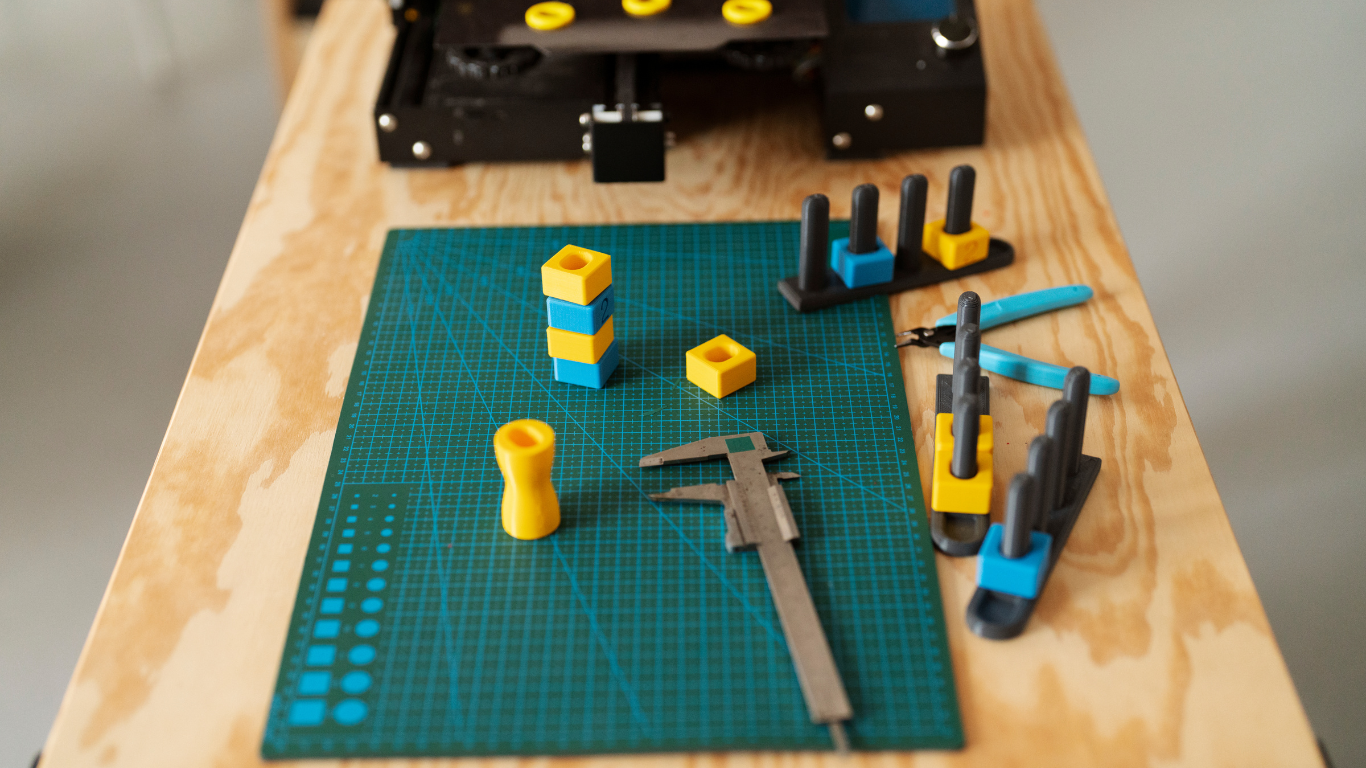The decision to use autosamplers vs. manual sampling is a pretty important one when it comes to sampling techniques. Each approach has its pros and cons. The decision could affect accuracy, efficiency, and the overall effectiveness of the process. Knowing these better can help avoid bad choices.
Understanding Autosamplers
An autosampler is an automated piece of equipment used to collect samples. It is commonly found in laboratory and industrial scenarios. It provides precision and consistent results with little to no error by a human operator. Autosamplers automate the sampling process and do high volumes of sampling efficiently. Such efficiency is ideal in use cases where time and precision are of the essence.
Benefits of Autosamplers
One major advantage of autosamplers is that they can run continuously. They facilitate consistent data collection without close supervision, which minimizes the chances of errors involved with manual methods. Moreover, autosamplers can be programmed to handle complicated sampling schedules, further expanding their versatility.
Yet another advantage is the fact that it slows down labour expenses. They save time and money because they require much less human interaction. Additionally, they reduce the level of contamination of the samples, which keeps the results accurate and reliable.
Exploring Manual Sampling
Manual sampling is in-hand sampling. This is a time-tested methodology that has endured until today. Implementing it will require more human effort, but in some cases, it will provide a more appropriate advantage.
Advantages of Manual Sampling
One advantage of manual sampling is that it is more flexible. It is easy to adapt to changing conditions or unexpected situations, which can be invaluable if conditions are variable or unpredictable.
Manual sampling also enables a hands-on approach. Technicians’ expertise can be used to make real-time decisions and adjustments. This is especially helpful in research environments where creativity is required.
Comparing Accuracy and Reliability
However, autosamplers are more reliable and provide a uniform dispersion of results when assessing accuracy. Their automated nature provides consistency in sample collection, which minimizes the chances of human error and provides data of higher fidelity.
Manual sampling, on the other hand, is largely reliant on the technician’s skills and experience. Good professionals can achieve high precision, but there is greater scope for variation. Such variations can cause inconsistencies in data, particularly when processed at scale.
Considering Cost and Maintenance
Cost is the primary concern when deciding between an autosampler and manual sampling. The initial cost of autosamplers is generally much higher, but they can result in savings in labor costs over the long term. They usually require less maintenance than the cost of manual labor day-to-day.
In contrast, manual sampling usually has a lower initial expense. However, it requires higher running costs in terms of labor and training. Equipment maintenance is a lesser issue, but the demand for skilled workers persists.
Evaluating Suitability for Different Environments
The environment usually dictates integration with autosamplers vs manual sampling. Autosamplers are commonly preferred for the high sample volumes of a laboratory environment. They are efficient and accurate, allowing them to easily perform repetitive tasks.
However, if conditions often change, manual sampling may be more appropriate. Human technicians can adapt to changing situations and address challenges in real time, which an automated system may not be capable of. Additionally, manual sampling allows for immediate visual inspection, intuitive judgment, and adjustments that may be required for certain unpredictable environments.
Conclusion
Several factors must be considered when weighing the choice between autosamplers and manual sampling. Delivering high precision and efficiency, autosamplers can be the workhorse of large-scale operations. Hands-on sampling provides flexibility, which is an advantage when data is constantly changing.
Which method to use depends on various needs, goals, and circumstances, and both methods have their place. By considering all the pros and cons of each method, one can make an informed decision, which in turn will result in better sampling.
Blog received via Mail































